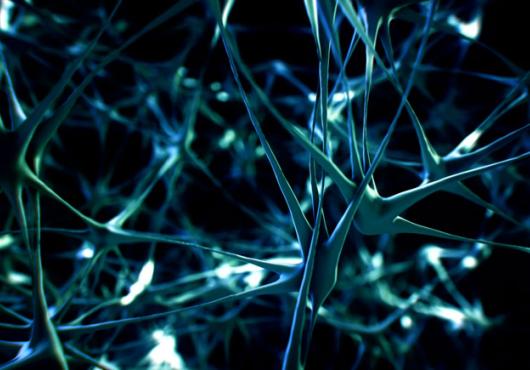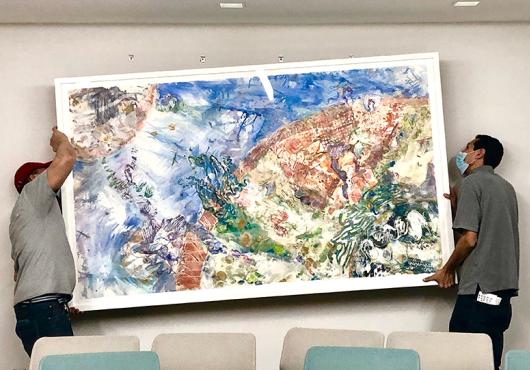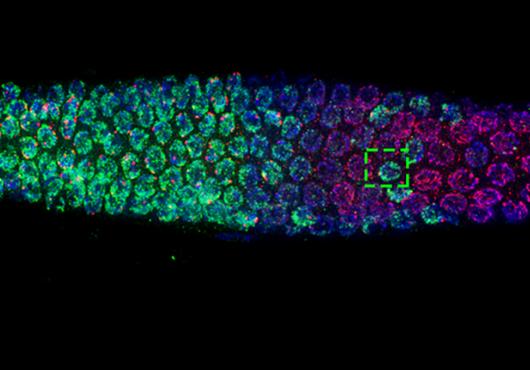
There’s a saying in the Loparo lab: You don’t do experiments on Chuck Norris; Chuck Norris does experiments on you.
In this case, Norris refers not to the Hollywood action hero but to a custom-built microscope named after him.
Norris and his brethren—including Robocop, Rambo, the Buffybot (a robot version of Buffy the Vampire Slayer) and B.A. Baracus (named after Mr. T’s character from The A-Team)—help Joe Loparo and his team in the Blavatnik Institute at Harvard Medical School reveal how cells duplicate DNA and tolerate or repair DNA damage.
Although the action here takes place at the level of individual molecules, the research packs a big punch.
It helps expose the roots of diseases that stem from faulty DNA repair, such as cancer, immune system deficiencies and neurodegeneration.
It could also lead to improvements in treatments that deliberately break DNA, such as gene editing, radiation therapy and chemotherapy.
“We look at how repair normally works and to how fix it when it goes wrong,” said Ben Stinson, a postdoctoral fellow in the Loparo lab who works on Chuck Norris.
All the instruments, technically known as single-molecule fluorescence microscopes, are constructed in-house, and the rule is, she who builds it gets to name it.
Loparo, associate professor of biological chemistry and molecular pharmacology at HMS, started the trend of 1980s action heroes in honor of his favorite movies. Lab members who prefer science fiction have added robots to the motley crew.
“People work really hard here as we try to answer important questions, but that doesn’t mean we have to be serious all the time,” said Loparo. “Naming the microscopes seemed like a way to have a little fun and give people a sense of ownership.”
HyeongJun Kim, a former postdoctoral researcher in the lab who built and named Chuck Norris, took the tradition in stride when he first arrived.
“The single-molecule microscopes at my previous job were named Megaman 1 through Megaman 7,” said Kim. “I thought, this is just what labs do.”
Now an assistant professor at the University of Texas Rio Grande Valley, Kim has named his first new single-molecule microscope Hershey, “because it is so sweet.” He plans to expand the chocolate theme in the future.
Stunt performers
Countless times a day in cells throughout the body, as a result of anything from sun exposure to ordinary breathing, DNA strands snap or undergo other kinds of damage.
Loparo’s group enlists the aid of Robocop and friends to watch what happens next.
Lab members attach fluorescent tags to the DNA ends if they’ve been snapped, as well as to molecules suspected to be involved in repairing damage. They use carefully calibrated lasers on the microscopes to light up the tags. Then they employ sensitive cameras to track where the molecules go and what they do in real time.
Using these microscopes, we can gain insights that nobody else has been able to.
Sean Carney
Postdoctoral fellow, Loparo lab
 Watch the full video series here.
Watch the full video series here.




